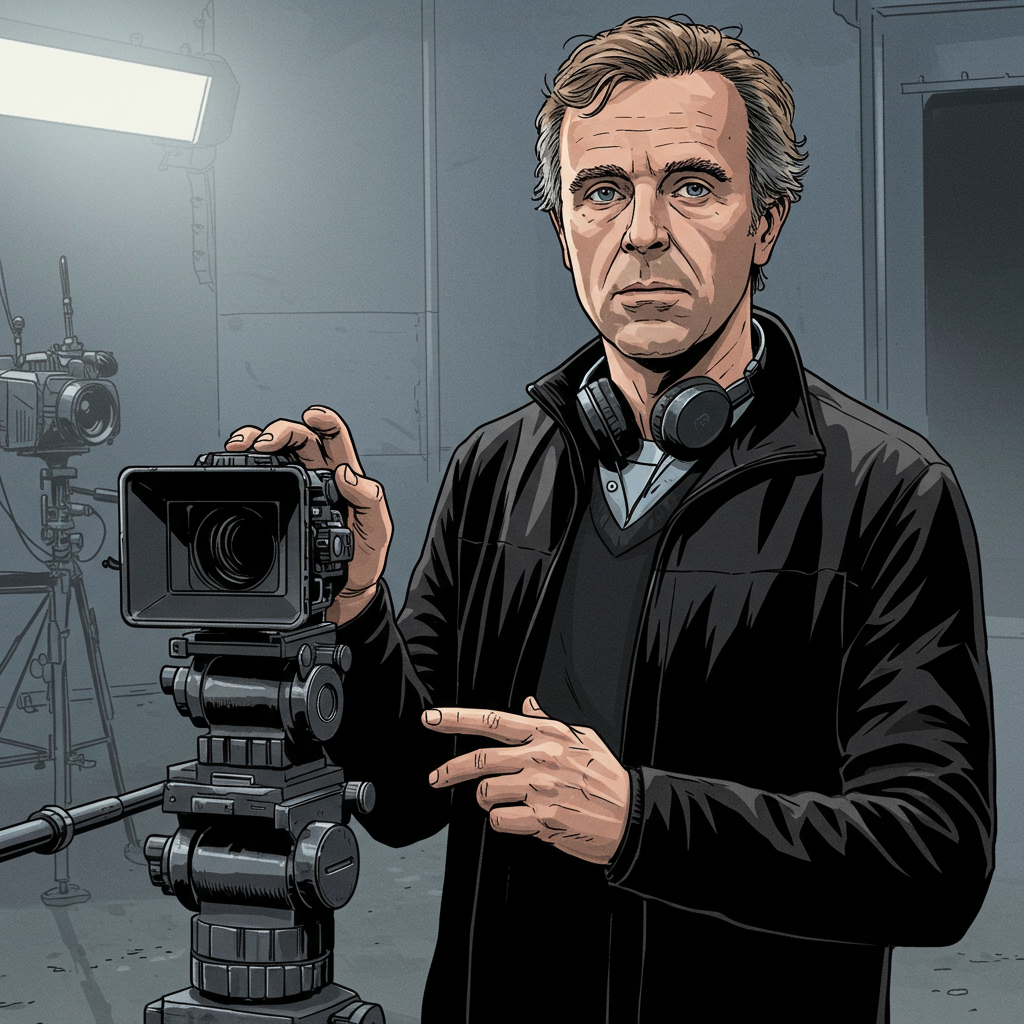Director Danny Boyle has a history of embracing unconventional camera technology to bring his post-apocalyptic visions to life. For his acclaimed 2002 film “28 Days Later,” he famously utilized consumer-grade Canon digital cameras, a choice that helped capture the eerie desolation of an abandoned London and lent a raw, terrifying immediacy to the film’s fast-moving infected.
Two decades later, for the eagerly awaited sequel “28 Years Later,” Boyle has once again turned to readily available tech, making headlines for primarily using iPhones, specifically adapted iPhone 15 and iPhone Pro Max models, for significant portions of the shoot. This decision, far from being a mere gimmick, is a deliberate artistic and practical choice that echoes the spirit of the original while leveraging modern capabilities.
Beyond Just a Phone Camera: How iPhones Were Used
While the iPhone served as the “principal camera,” it wasn’t used straight out of the box. The filmmaking team made technical adjustments, such as disabling automatic settings like autofocus, and incorporated various special accessories to achieve the necessary cinematic quality.
One particularly innovative application involved mounting multiple iPhones onto custom rigs. Boyle utilized configurations holding eight, ten, and even up to twenty iPhone Pro Max cameras simultaneously. He described this setup as creating a “poor man’s bullet time,” specifically designed for filming brutal action sequences and encounters with the infected from numerous angles at once. This technique offers editors immense flexibility and is intended to draw the audience inside the violent chaos, heightening the visceral impact.
The Practical Advantages: Mobility and Cost
A major driving factor behind using iPhones was the sheer practicality they offered, especially when compared to traditional, heavy film equipment. Boyle emphasized that filming with iPhones allowed the crew to “move quickly and lightly.” This was crucial for capturing scenes in remote parts of Northumbria, UK, an area chosen for its ancient, untouched landscape that resembles how it might have looked 1,000 years ago. The agility provided by the lightweight iPhones helped the team access these challenging rural locations with a “very light footprint,” preserving their natural look and minimizing disruption.
Beyond mobility, the use of iPhones and other readily available tech like drones offered significant cost advantages, making the production “way, way cheaper” than a typical large-scale movie relying solely on expensive Hollywood gear.
Echoes of the Original: Unconventional Tech as Artistic Tool
The choice to use accessible digital technology for “28 Years Later” is a conscious nod to the original’s filmmaking style. “28 Days Later” utilized “prosumer” MiniDV camcorders (like the Canon XL-1) with a resolution of only 720×480. While this contributed to a gritty, low-resolution look sometimes described as “terrible” on modern 4K screens, it was also seen as a deliberate artistic choice fitting the film’s raw aesthetic and crucially allowed for rapid setup and filming in normally crowded London locations by minimizing the crew’s footprint.
By using modern iPhones, which can record in 4K resolution at high frame rates (more than sufficient for cinema exhibition), Boyle leverages the evolution of technology while respecting the original film’s instinct to use “the ordinary.” It continues the tradition of employing unconventional tools not merely out of budget necessity, but as a deliberate artistic method to enhance the film’s gritty realism, visceral impact, and sense of unease.
More Than Just iPhones: A Blend of Techniques
It’s important to note that iPhones were not the only cameras used on set. The production employed a diverse range of cameras and techniques to achieve the desired look. This included 6K cameras on drones for sweeping shots, a special Panasonic EU123 camera for a specific “red sequence,” cameras attached directly to actors, and even experimental camera placements inspired by mounting a camera on a goat – leading to a unique shot from the perspective of a crawling “Slow-Low” infected variant featured in the trailer.
All this footage, from various sources including the multiple iPhones, was unified under a very wide 2.76:1 aspect ratio. This wide format, unlike the original’s squarer 4:3, was chosen to leverage the speed and velocity of the infected, forcing audiences to constantly scan the frame because “they could be anywhere,” thus intensifying the tension and discomfort.
Actors like Aaron Taylor-Johnson noted that having an iPhone camera “very close” could feel “intrusive” initially, making them feel vulnerable as the high-quality camera “just shows everything.” However, they quickly adapted, finding it created a “great environment to work around.” For younger actors, like 12-year-old Alfie Williams, filming on iPhones felt completely “normal” for their generation.
By blending accessible consumer technology with high-end gear and innovative rigs, Danny Boyle continues his legacy of pushing cinematic boundaries, ensuring “28 Years Later” maintains the visceral feel of its predecessor while presenting a challenging and visually distinctive chapter in the enduring post-apocalyptic saga.


